US government warns of rising attacks on infrastructure using advanced tactics.
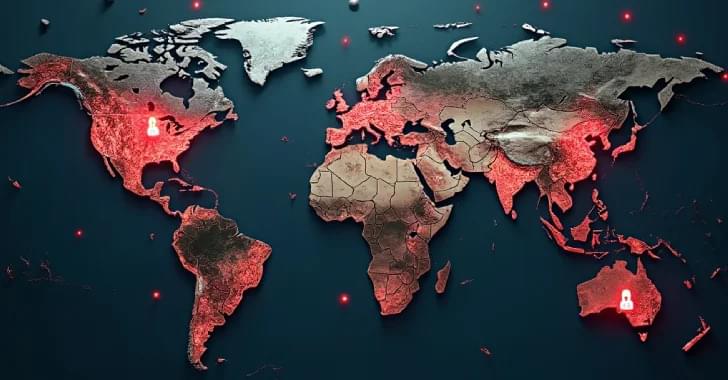

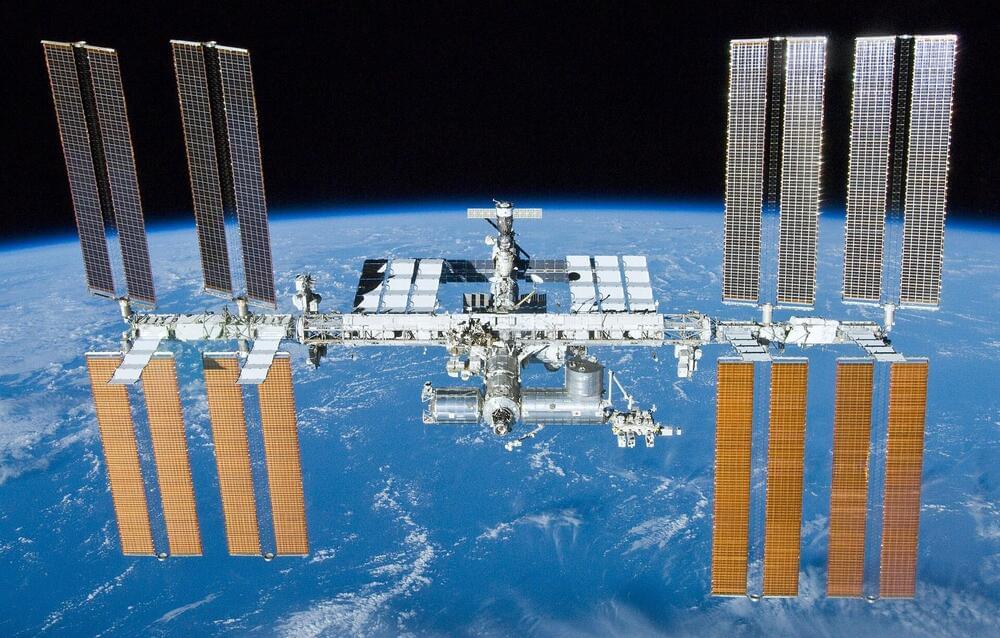
“Space-based research has a long history of contributing to advancements on Earth,” said Dr. Lisa Carnell.
The International Space Station (ISS) has been a beacon of scientific and medical research ever since the station’s first module was launched in 1999, as astronauts continue to push the boundaries regarding microgravity research that has contributed to advancing science and medical knowledge back on Earth. To continue this, NASA and the ISS National Laboratory recently announced a partnership through the ISS National Lab Research Announcement (NLRA) 2024-09: Igniting Innovation: Science in Space to Cure Disease on Earth that will provide up to $4 million with the goal of helping to advance disease diagnosis and treatment back on Earth.
Through collaboration between government agencies, industry, and academia, the NLRA hopes to accomplish several objectives pertaining to developing medical technologies on Earth, including disease mechanism models, population and disease diversity, drug discovery & development, drug delivery, and drug resistance. This announcement comes after the ISS National Laboratory announced in July 2024 that five projects were selected for the Cancer Research in Space for Life on Earth with the goal of providing $7 million in grants to advance cancer research in microgravity onboard the ISS.
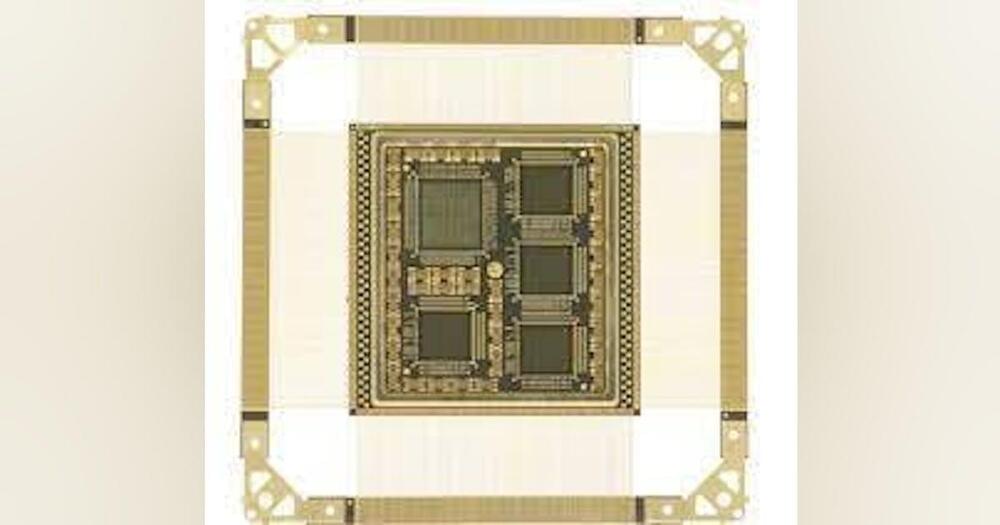
The services are necessary to maintain a domestic trusted source for strategic radiation-hardened microelectronics to meet the U.S. Department of Defense (DOD) certification to Congress, as stipulated by the fiscal 2018 National Defense Authorization Act Section 1,670, DOD officials say.
Radiation-hardened microelectronics components are necessary for manned and unmanned spacecraft operating on long-duration orbital missions in high-radiation space environments like geosynchronous orbits.
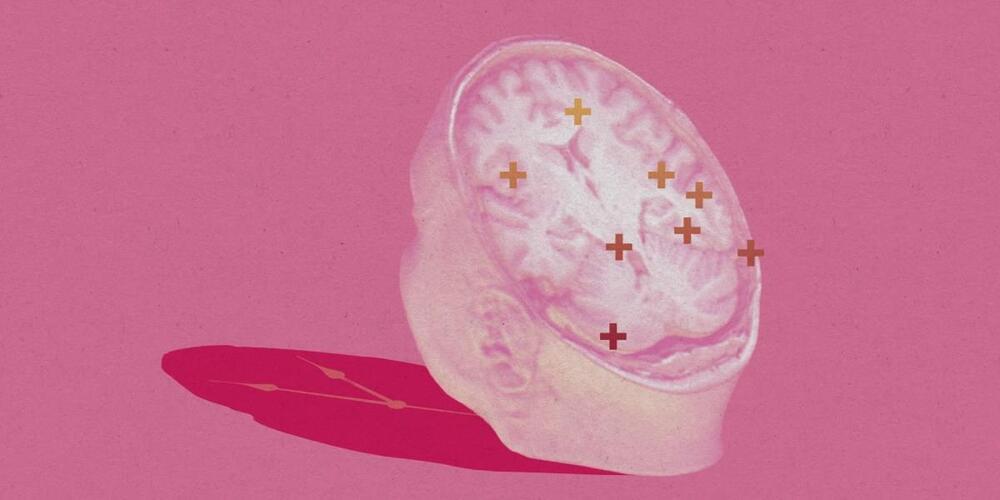
A US agency pursuing moonshot health breakthroughs has hired a researcher advocating an extremely radical plan for defeating death.
His idea?
Scholz is still skeptical though. “A new brain is not going to be a popular item,” he says. “The surgical element of it is going to be very severe, no matter how you slice it.”
Now, though, Hébert’s ideas appear to have gotten a huge endorsement from the US government. Hébert told MIT Technology Review that he had proposed a $110 million project to ARPA-H to prove his ideas in monkeys and other animals, and that the government “didn’t blink” at the figure.
ARPA-H confirmed this week that it had hired Hébert as a program manager.
Japanese officials on Monday announced the opening of a new government-run defense research institute this fall, as reported by the Kyodo News agency.
The agency, which will be tasked with developing innovative cyber war technologies, said the new project is directly modeled after DARPA, the US Defense Department’s research agency – responsible for some of the world’s most cutting-edge defense technologies.
Japan’s Ministry of Defense (MOD) said the Tokyo-based facility will officially launch in October with about 100 personnel – with about half coming from the private sector – using “novel approaches and methods” taken from DARPA initiatives.
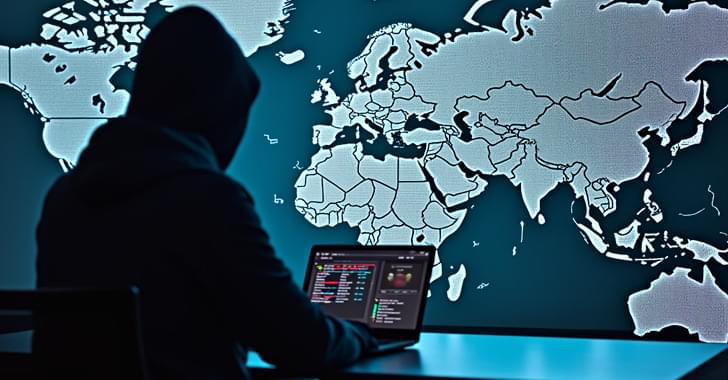
The Russian government and IT organizations are the target of a new campaign that delivers a number of backdoors and trojans as part of a spear-phishing campaign codenamed EastWind.
The attack chains are characterized by the use of RAR archive attachments containing a Windows shortcut (LNK) file that, upon opening, activates the infection sequence, culminating in the deployment of malware such as GrewApacha, an updated version of the CloudSorcerer backdoor, and a previously undocumented implant dubbed PlugY.
PlugY is “downloaded through the CloudSorcerer backdoor, has an extensive set of commands and supports three different protocols for communicating with the command-and-control server,” Russian cybersecurity company Kaspersky said.
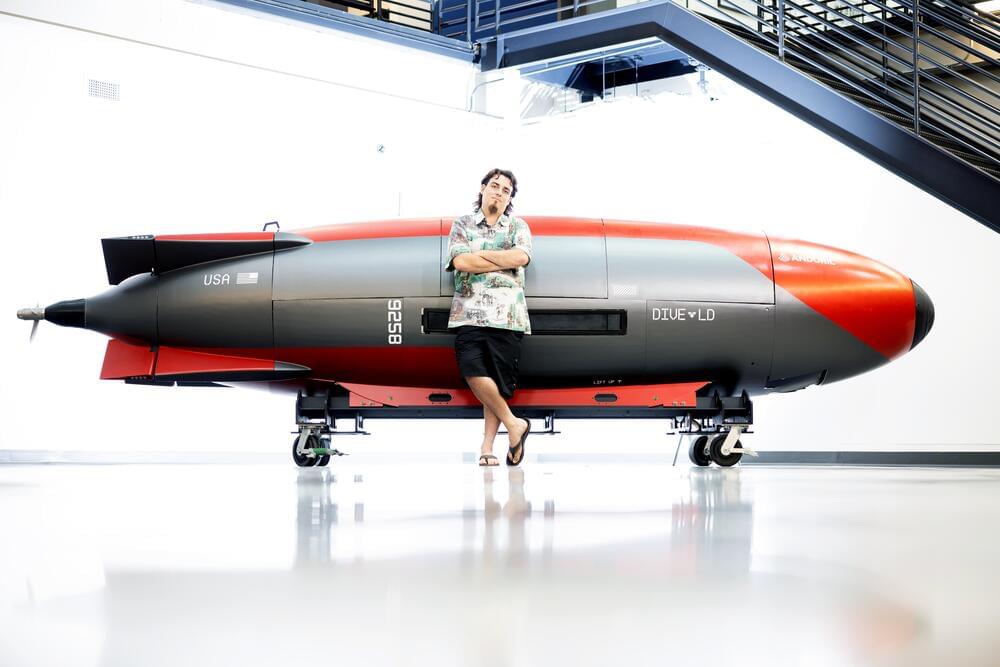
Defense technology startup Anduril Industries Inc. has raised $1.5 billion in a new funding round and plans to spend hundreds of millions on a new facility to manufacture its rockets, underwater vehicles and other autonomous weapons systems at greater scale and speed.
The deal, which values Anduril at $14 billion, is one of the largest venture capital financings of the year so far, and reflects the company’s success getting government contracts, as well as rising investor enthusiasm for defense technology companies.
Peter Thiel’s Founders Fund and Sands Capital co-led the Series F funding round, which has been in the works for more than a month. The deal nearly doubles the startup’s valuation from its previous funding round in 2022, which raised $1.48 billion.
Strengthening Public Health Systems For Healthier And Longer Lives — Dr. Ashwin Vasan, Commissioner, NYC Department of Health and Mental Hygiene.
Dr. Ashwin Vasan, MD, PhD is the Commissioner of the New York City Department of Health and Mental Hygiene (https://www.nyc.gov/site/doh/about/ab…).
Dr. Vasan is a primary care physician, epidemiologist and public health expert with nearly 20 years of experience working to improve physical and mental health, social welfare and public policy for marginalized populations here in New York City, nationally and globally. Since 2014 he has served on the faculty at the Columbia University Mailman School of Public Health and Vagelos College of Physicians and Surgeons, and he continues to see patients as a primary care internist in the Division of General Medicine at New York-Presbyterian Hospital/Columbia University Irving Medical Center.
Dr. Vasan most recently served as the President and CEO of Fountain House, a national nonprofit fighting to improve health, increase opportunity, and end social and economic isolation for people most impacted by mental illness. During his tenure, he grew the organization from a New York-based community mental health organization to a national network across eight markets, and grew the budget by nearly $20 million annually. He helped navigate the organization through COVID-19 by driving new telehealth and digital mental health programs while its physical locations closed, as well as developing new community-based outreach and accompaniment programs. Further, Dr. Vasan led the creation of a national policy office in Washington, D.C., working to change national mental health policy on the issues of crisis response services and funding for and quality of community-based mental health services.
From 2016 to 2019, Dr. Vasan served as the founding Executive Director of the Health Access Equity Unit at the NYC Department of Health and Mental Hygiene, which focused on the intersection of clinical and social services for the care of people involved in the justice system and other vulnerable populations — a first-of-its-kind government program in the nation. Under his leadership the team launched the NYC Health Justice Network — an innovative partnership between community-based primary care providers, criminal legal system reentry organizations, the Health Department and the Fund for Public Health — to embed tech-enabled, peer community health workers to promote health and wellness of people reentering the community from incarceration, and their families. The program is currently under evaluation through the CDC Prevention Research Center grant to NYU and CUNY.
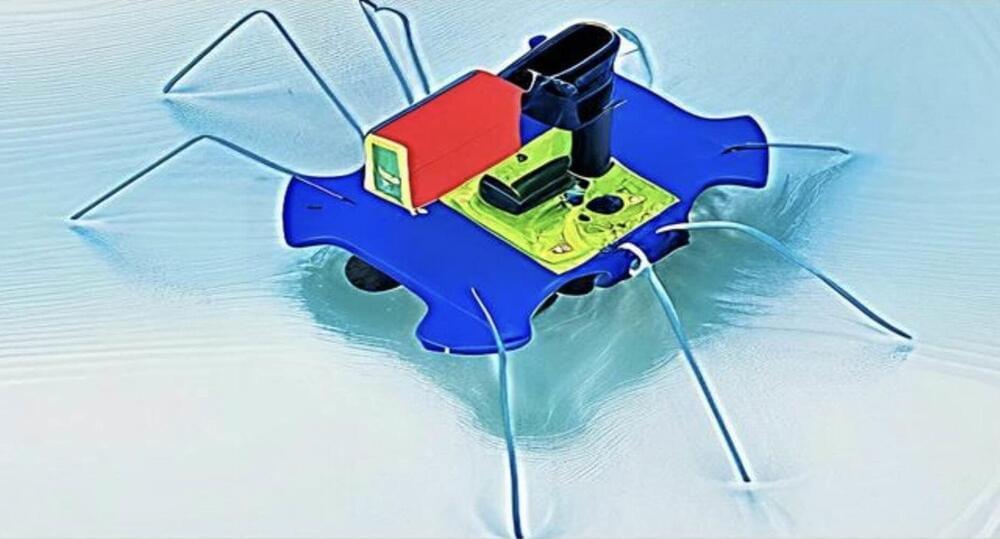
A new robot bug that can live in the ocean for 100 years and feed off of bacteria has made its debut as DARPA’s latest surveillance tool.
With a vast amount of area to cover, the US government is funding research for new oceanic spy technology. Now, a Binghamton University team has developed what may become one of the most simple and effective tools in its arsenal.
Now, a new DARPA initiative is playing off of the idea of “the Internet of Things,” the term used for the many non-computer devices connected to the Internet in some way, from refrigerators to fish tanks, and seeking to develop an “Ocean of Things.” With many futurists’ eyes on space conflict and satellite warfare, it’s easy to forget that 71% of the Earth’s surface is water, and naval conflict is still an element in geopolitics.
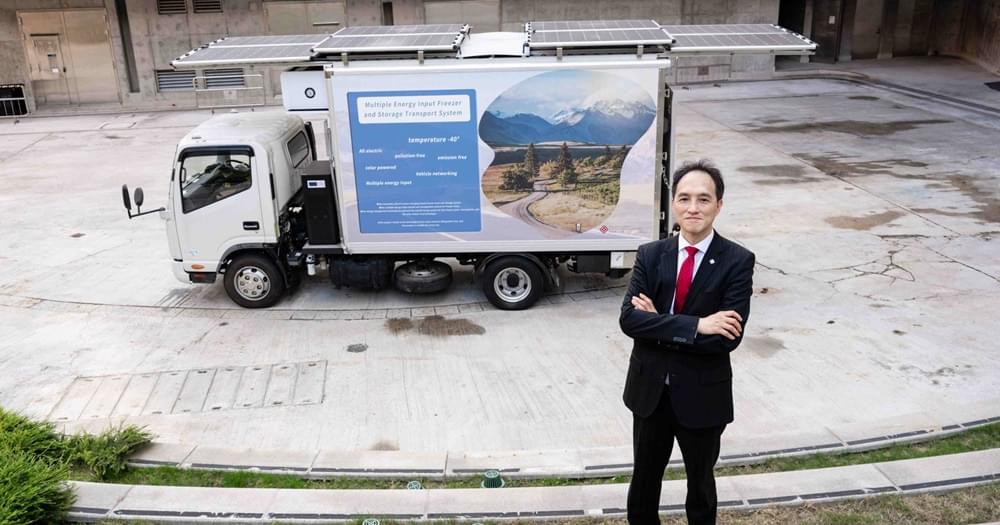
The transport sector is a significant contributor to greenhouse gas emissions in Hong Kong, accounting for 19% of total emissions. Supporting the development of green transport can help reduce air pollutant emissions. The Hong Kong Polytechnic University (PolyU) is committed to promoting research into green technologies to support Hong Kong’s goal of reducing the City’s total carbon emissions from the 2005 level by half before 2035 and achieving carbon neutrality before 2050.
A research team led by Prof. Eric Cheng, Professor of the Department of Electrical and Electronic Engineering at PolyU, received support from the “Innovation and Technology Support Program (Mid-stream, theme-based)” last June for the research project “Smart Refrigeration Truck Development Program—Power, Solar and Intelligence Method for Logistics and Storage.” The project is aimed at promoting the transformation of freezer trucks from traditional fuel driven freezer system to smart electric driven and strengthening the wider adoption of solar energy.
After one year, the PolyU team has successfully developed a novel freezer truck that supports a solar-powered freezer system and features vehicle-connected power storage and sharing technology. The project has received staunch support from the government, academia and industry, including from Sunlight Eco-tech Limited, Advanced Sunlight Pty Limited from Australia, and the Electrical and Mechanical Services Department.